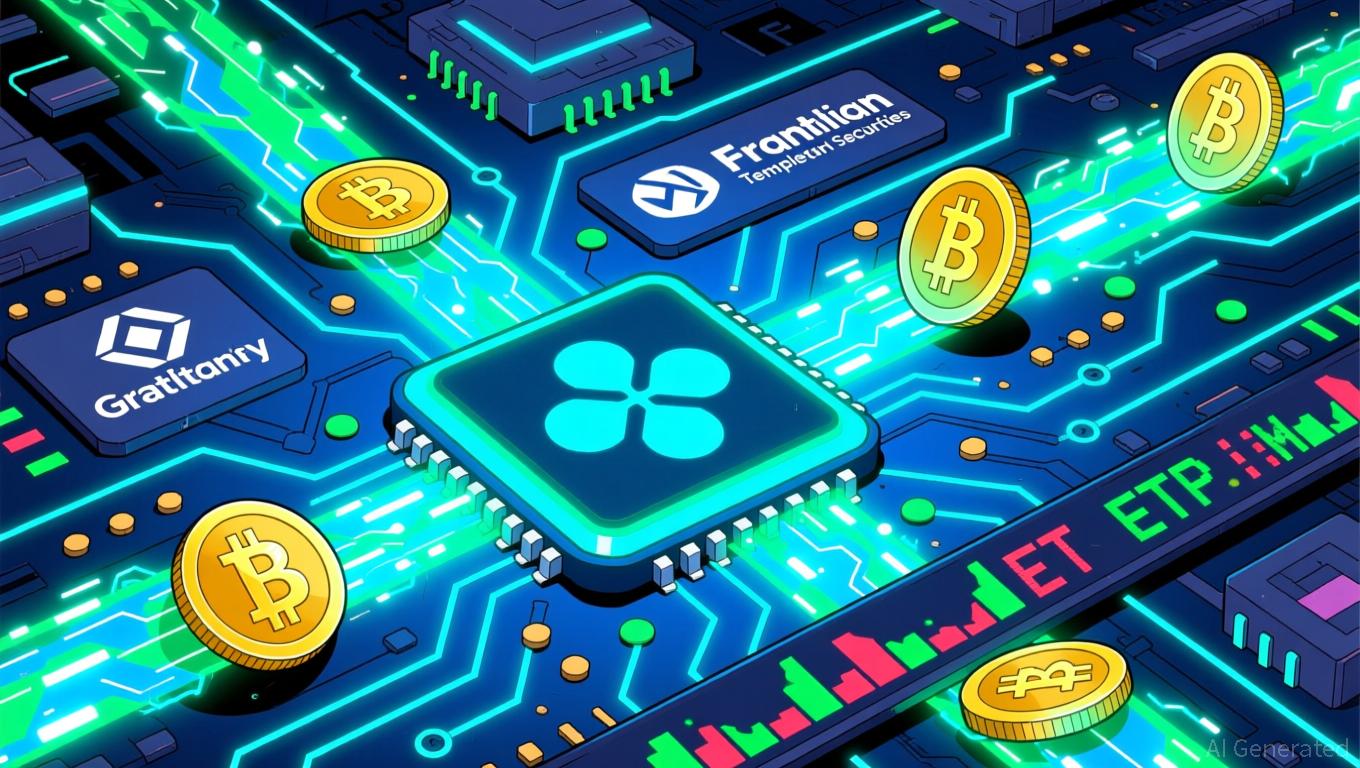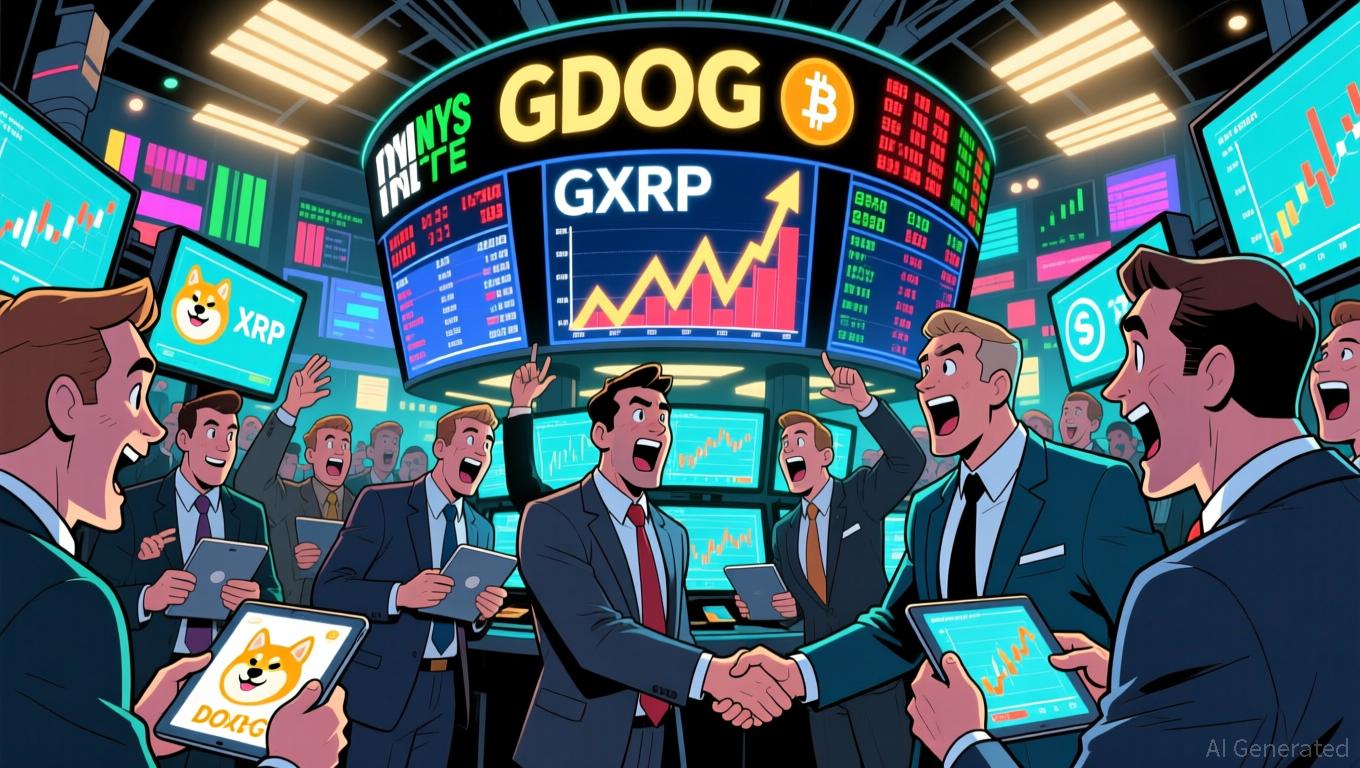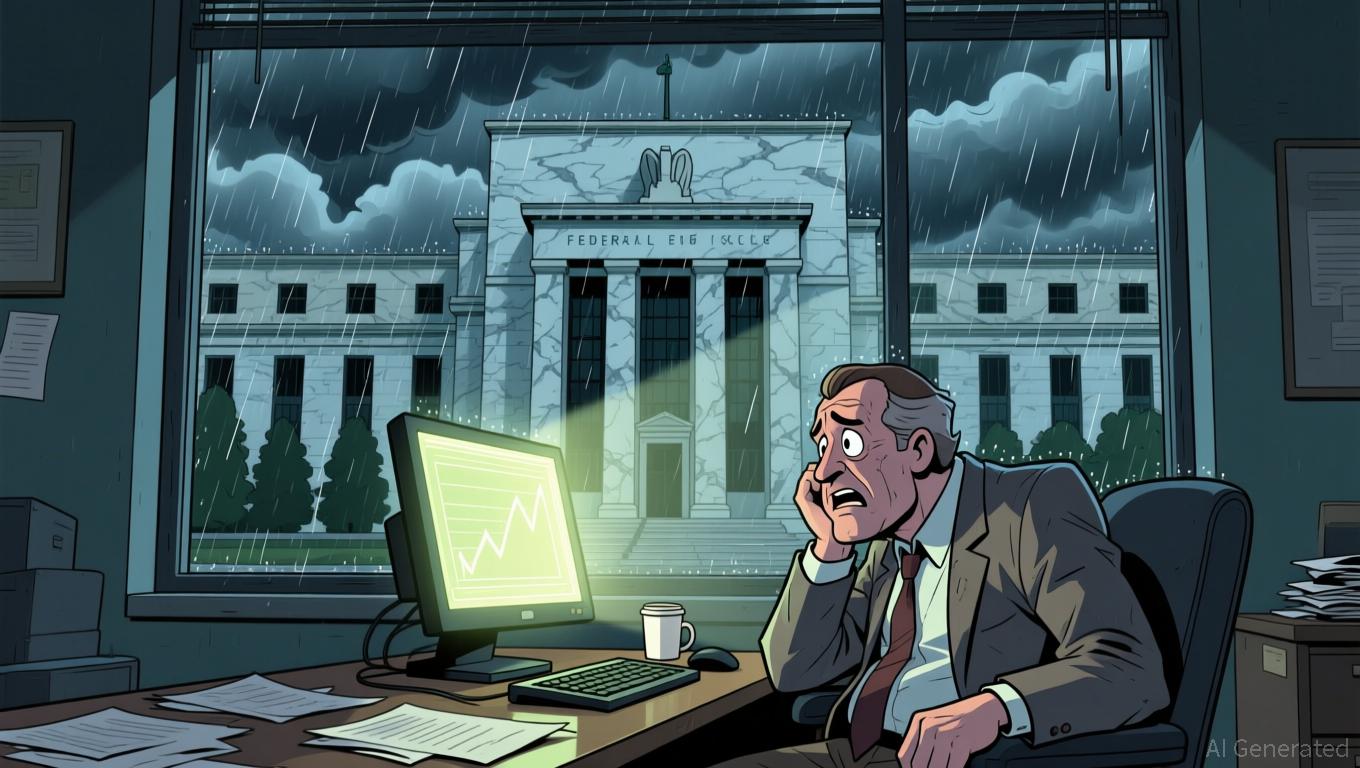DeFi Smart Contract Weaknesses Face Examination Following UXLINK's $11 Million Breach
- UXLINK suffered a $11.3M hack via a delegateCall vulnerability, enabling attackers to mint 2B tokens and drain $4.5M in stablecoins, 3.7 WBTC, and 25 ETH. - The project deployed a fixed-supply Ethereum mainnet contract post-audit, removing minting/burning functions to prevent future exploits and coordinate token migration. - Hackers later lost 542M UXLINK tokens to a phishing attack, while UXLINK froze most stolen assets and partnered with PeckShield and exchanges to trace funds. - The breach triggered a

UXLINK has completed an extensive security review of its updated token contract, representing a major milestone in addressing the $11.3 million security breach that took place on September 22, 2025. The attack exploited a "delegateCall" flaw in the project’s multi-signature wallet, allowing the perpetrator to create roughly 2 billion UXLINK tokens and withdraw assets such as $4.5 million in stablecoins, 3.7 WBTC, and 25 ETH. The team has confirmed that the revised contract is now live on the
The exploit led to a dramatic 70% drop in UXLINK’s token value, plummeting from $0.30 to $0.09 and wiping out about $70 million in market cap. Chainalysis reports indicate that 490 million tokens were sold through decentralized exchanges (DEXes), converting to 6,732 ETH (worth $28.1 million). Centralized platforms like Upbit and OKX halted deposits from flagged wallets to prevent additional losses [2]. This incident also exposed deeper weaknesses in decentralized systems, with experts warning that such exploits could erode confidence in unaudited smart contracts [3].
To address the situation, UXLINK is executing a 1:1 swap of old tokens for those on the new contract, working closely with leading exchanges to ensure a smooth transition. The redesigned system shifts cross-chain functionality to off-chain solutions or partner networks, lessening dependence on on-chain minting. The team has stressed its commitment to transparency, collaborating with PeckShield and law enforcement to track stolen funds and freeze hacker-controlled addresses. Exchanges such as OKX and Bybit have agreed to support the migration, which is set to begin on September 23, 2025 [1].
In an unexpected development, the attacker—after making off with $28.1 million—became a victim of a phishing scam associated with the Inferno Drainer network. This secondary breach resulted in the theft of over 542 million UXLINK tokens, highlighting the persistent dangers within decentralized finance. Nevertheless, UXLINK stated that the majority of stolen assets remain frozen, and investigations are ongoing to follow the money trail and recover funds [3].
This event has brought renewed attention to the importance of smart contract security, especially for social infrastructure projects. While UXLINK’s 55 million users were not directly impacted, the breach poses indirect risks to the platform’s reputation. The project’s rapid actions—including audits, exchange partnerships, and regular updates—reflect a broader industry push for tighter regulations and mandatory audits in the evolving DeFi sector of 2025 [2].
Industry observers point out that the hack’s aftermath saw trading volumes soar by 1,360% to $478 million. Although panic selling caused significant value loss, the potential for price recovery depends on UXLINK’s efforts to rebuild trust through open governance and a fixed token supply. By focusing on supply limits and cross-chain collaborations, the project aims to restore investor confidence in a stablecoin market valued at $280 billion [3].
Disclaimer: The content of this article solely reflects the author's opinion and does not represent the platform in any capacity. This article is not intended to serve as a reference for making investment decisions.
You may also like
DeFi's Automation Shortfall Addressed: Orbs Introduces dSLTP to Achieve CeFi-Grade Risk Control
- Orbs launches dSLTP, a decentralized stop-loss/take-profit protocol for DEXs, bridging CeFi automation with DeFi. - The protocol automates risk management via on-chain orders, reducing real-time monitoring needs during volatility. - Built on Orbs' Layer-3 infrastructure, it enhances DEX functionality with CeFi-grade tools while maintaining decentralization. - This innovation addresses DeFi's automation gap, potentially driving DEX adoption and institutional-grade on-chain trading.

XRP Latest Updates: XRP ETFs Enhance Market Liquidity, Large Holder Sell-Offs Postpone Price Increases to 2026
- XRP ETFs launched in late 2025 (e.g., Grayscale's GXRP) expanded institutional access, but whale sales delayed price gains until 2026. - XRP traded near $2.12 as 41.5% of its supply remains in loss, with whale-driven volatility and structural supply imbalances persisting. - Ripple secured $500M institutional backing for XRP Ledger infrastructure, while projects like XRP Tundra accelerated tokenization plans. - XRP trails Ethereum in market cap ($129B vs. $373B) due to lack of smart-contract capabilities,

Dogecoin News Today: Grayscale's Alternative Coin ETFs Indicate Change: Bitcoin Withdrawals Differ from Rising Interest in Altcoins
- Grayscale launches GDOG and GXRP ETFs on NYSE, offering direct exposure to Dogecoin and XRP via spot ETPs. - ETFs convert private trusts to public offerings, aligning with industry trends to boost liquidity and attract institutional capital. - GXRP competes with existing XRP products ($422M inflows), while GDOG follows DOGE's rise to 9th-largest crypto by market cap. - SEC's "Project Crypto" framework and FalconX partnership strengthen Grayscale's position in regulated altcoin investment vehicles. - Altc

Bitcoin Update: Federal Reserve Postponements and $1.2 Billion ETF Withdrawals Trigger 26% Drop in Bitcoin Value
- Bitcoin falls 26% to $83,000 amid Fed's delayed rate-cut timeline and $1.2B ETF outflows, marking its longest losing streak since 2024. - Analysts warn of structural risks, with Bloomberg's Mike McGlone projecting a potential $10,000 drop and Cathie Wood revising bullish 2030 forecasts. - Market volatility intensifies as JPMorgan's index exclusion proposal sparks crypto sector backlash and S&P 500 defensive sector shifts highlight interconnected risks. - Fed's December rate-cut speculation and upcoming i
